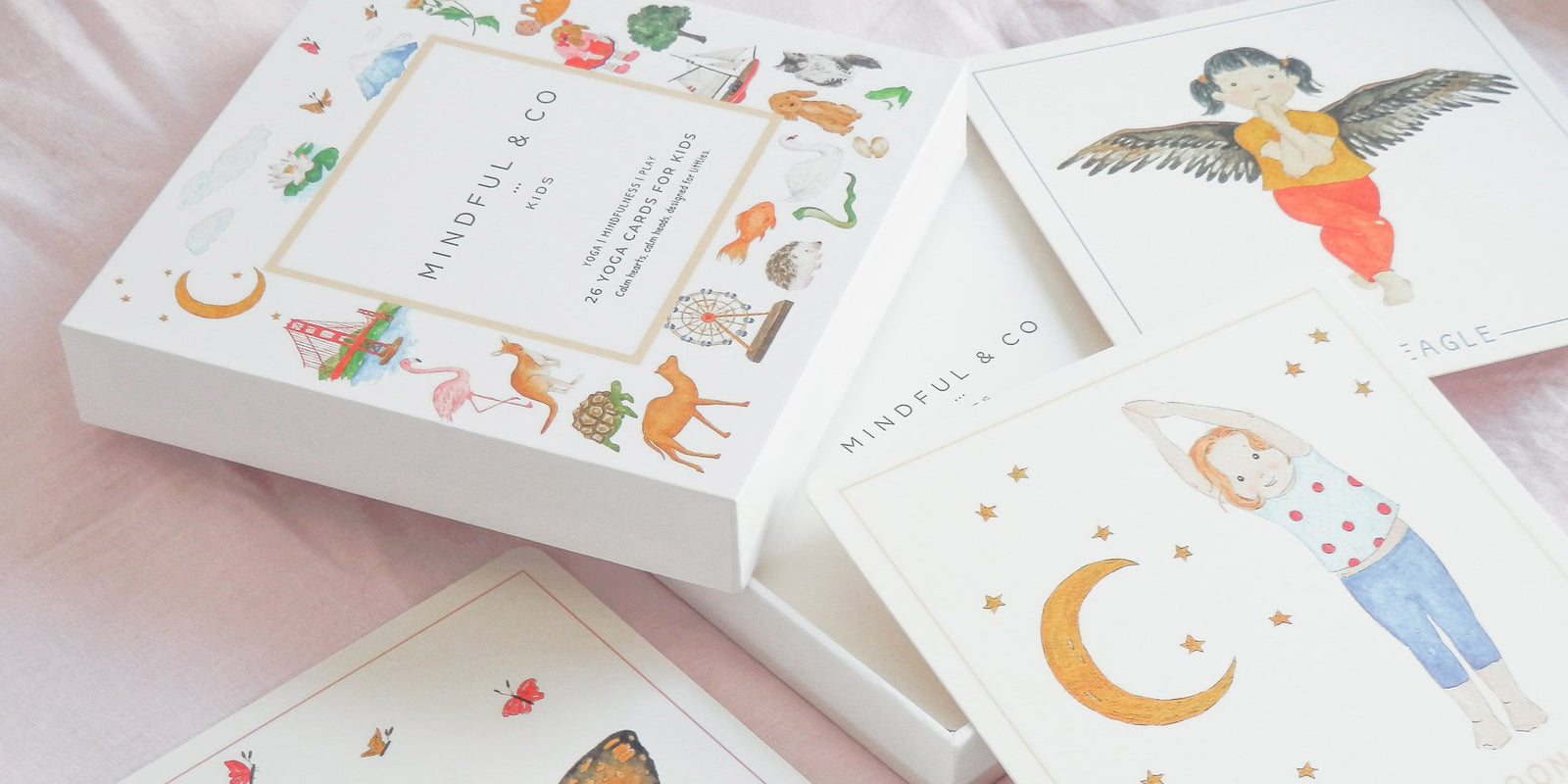In the constantly changing world of child development, accepting neurodiversity is essential. Children suffering from issues like ADHD and autism need an environment that supports them to help thrive. The synergy is between ADHD help, autism play as well as sensory integration and thoughtful toys for children. By integrating these elements into their daily routines, parents and teachers can create enriching experiences which promote growth in all aspects.
ADHD Support for Children Facilitating Focus and Confidence
Children with ADHD are often unable to focus or controlling their impulses. To offer efficient support, it is essential to employ strategies that stimulate the child’s mind while keeping in mind their own uniqueness. While on this journey mindfulness toys for children that help to promote calmness and meditation, can prove invaluable. These toys are tactile and help to calm restlessness while teaching children to shift their focus. Playing with mindfulness techniques can aid in managing ADHD symptoms as well as teach children important life skills, like emotional regulation, stress reduction, and managing stress.

Autism Sensory Play: Nurturing Exploration and Expression
For children on the autism spectrum Sensory experiences can be rewarding and challenging. Autism sensory play involves creating an environment that stimulates the senses that supports the development important abilities. Sensory integration toys play a significant role in this approach. They stimulate all senses simultaneously and encourage exploration of the sensory system, coordination and cognitive development. By involving their tactile, visually, auditory, as well as other senses, kids are able to better express their feelings and understand their surroundings. Through encouraging autism-related sensory play in children caregivers can help them communicate, build confidence in themselves and connect with the world around them.
Sensory Integration Toys to build Bridges in Child Development
Sensory integration toys serve as bridges for children to connect with the world. These toys come in various sizes, textures and shapes to target different motor skills and senses. They allow children to explore and adapt to sensory input, ultimately aiding in the development of sensory processing skills. The three main benefits of toys for sensory integration are:
1. Enhanced Sensory Perception: Sensory integration toys expose children sensory experiences, sounds, and visual clues. The experience helps the brain better process sensory information and improves their responses to the stimuli.
2. Improved Motor Skills: Many sensory toys require complex hand movements and fine motor skills and hand-eye coordination in order to operate. Engaging with these toys helps children refine their motor skills and dexterity. This can lead to greater physical control and confidence in their movements.
3. Multisensory toys stimulate a variety of brain regions at once. This stimulation contributes to cognitive development by encouraging connections among different neural pathways, improving creative thinking abilities and problem solving skills.
Mindful toys for kids: Creating Calmness and Concentration
The idea of mindfulness has gained attention for its profound effect on our emotional well-being. Children’s mindful toys incorporate mindfulness-related elements into their games to encourage children to be focused and present. These toys are typically filled with activities that demand focus on the details, such as puzzles, coloring pages, or exercises for relaxation that are guided. These types of activities allow children to focus their energy and thoughts focused on the task and can be beneficial for them both academically as well as socially.
It’s crucial to emphasize the holistic approach that is created by the intersection of autism-specific sensory toys mindfulness toys for kids as well as ADHD aid. These elements are not isolated but rather, they are a part of a larger picture to create a plan of action that’s designed to meet the needs of children with neurodiversity. Integrating mindfulness and sensory play activities into daily routines allows caregivers to create an environment which caters to cognitive, sensory and emotional requirements at the same time.
To end, the journey for children to be supported by ADHD or autism is to embrace both their strengths and weaknesses. Teachers and caregivers can create a nurturing environment by incorporating sensory play, toys that integrate sensory input, and mindfulness actions. In terms of enhancing self-expression or increasing sensorimotor processing, or helping to increase awareness, each element is integral to a holistic approach to child development. We can harness the potential of these strategies for an even brighter and more inclusive future for children from all neurodiversities.